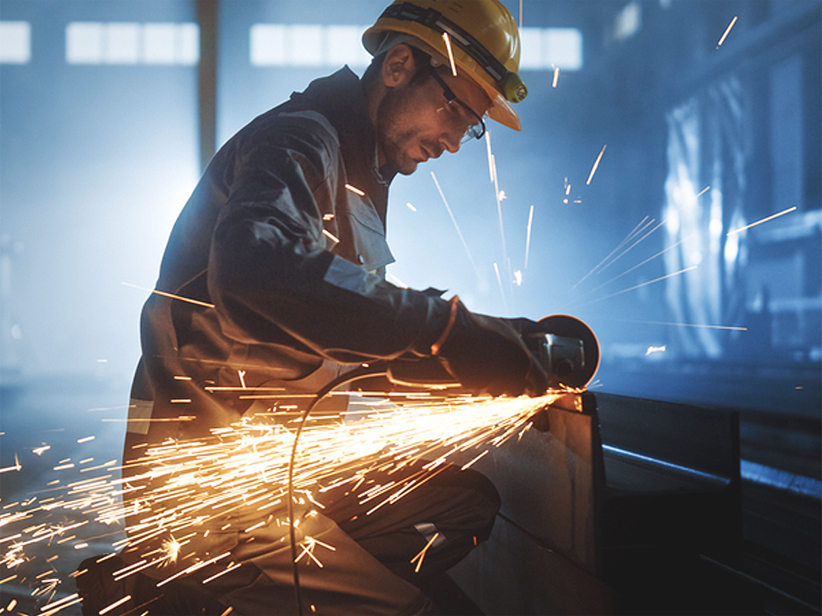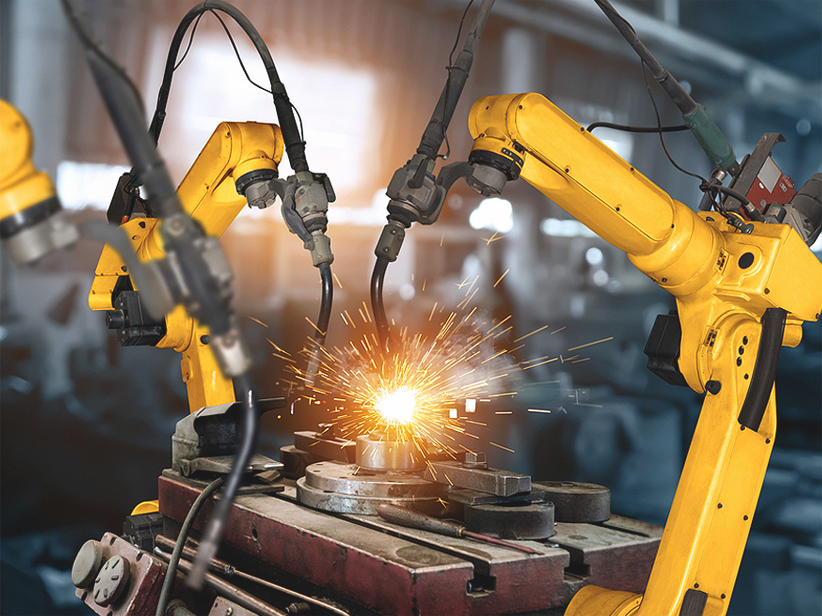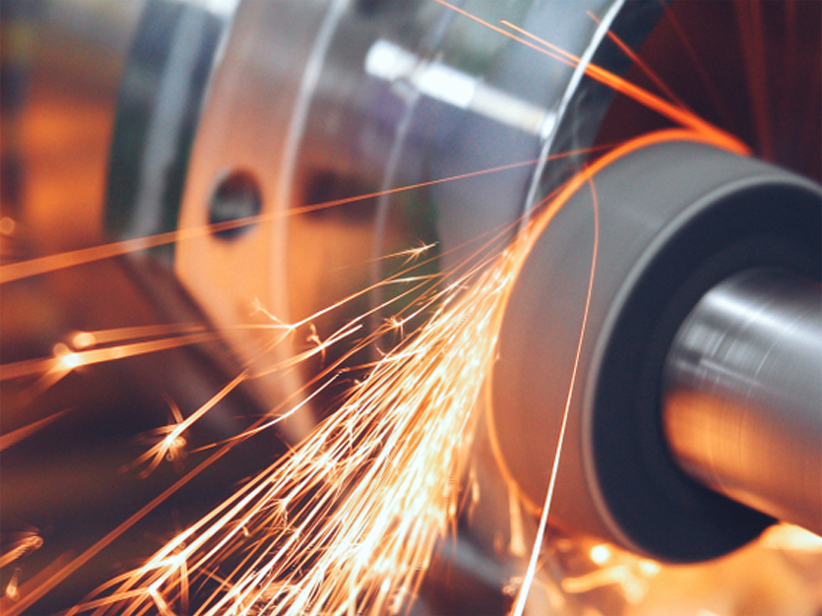THE DIFFERENCE BETWEEN ROUND BAR DRILL ROD AND SHAFTING
Humans have developed frontline competencies in the segment of metallurgy because the involved processes allow us to derive metals and alloys and forge them in desirable forms to meet many dimensions of life and development.
Our developmental process is much indebted to the reliance on metals; hence the synergies with metallurgy! Depending upon the nature and requirements of the application, various techniques are employed to manufacture metal products.
Rods and bars are some very common products and the use of these range from building constructions and axles to frameworks and supports of diversity.
Stainless steel bars manufacturers in India are getting brisk with their productions to meet the exponential demand in different infrastructural and engineering works. An expert from a leading manufacturer of steel rods talked about the popular products from the metal mills and offered differences between them. Here is an overview.

As the name suggests, the round bar is a cylindrical length whose diameter could range from ¼ inch to 2 feet, depending upon the nature of the application for which it is meant.
Round bars are made in different metal choices like steel, stainless steel, aluminium, and brass. Steel round bars could be hot rolled or the cold-rolled types.
The hot-rolled bars are made for uses where finish and precise measurement are not strongly required like construction sector; while cold rolled bars are more finished and precise in dimensions and are used in the making of supports, frameworks, braces, axles and motor shafts.
Stainless steel round bar is made for applications where rust and associated corrosion resistance is demanded.
Aluminium round bars are lightweight and easily machinable apart from being corrosion resistant. Brass round bars, on the other hand, acquire high-level finish after polish and are corrosion and (electrical) spark resistant.

Shafts are the steel round bars which are otherwise assured for the highest level of accuracy and precision in dimensions.
Only fewer stainless steel round bar manufacturers have developed the ability to manufacture these with utmost accuracy and finish; because the manufacture of these requires induction hardening process, which is a non-contact technique.
It involves placing the rods in the strong electromagnetic field to heat it and then it is plunged in water, oil or specific polymer after which hardening is achieved.
The uses of these include the motor and pump shafts, drive shafts and brush bearings among others. In most such applications, the straightness of the shaft is a demanded attribute because it moves at high speed!







